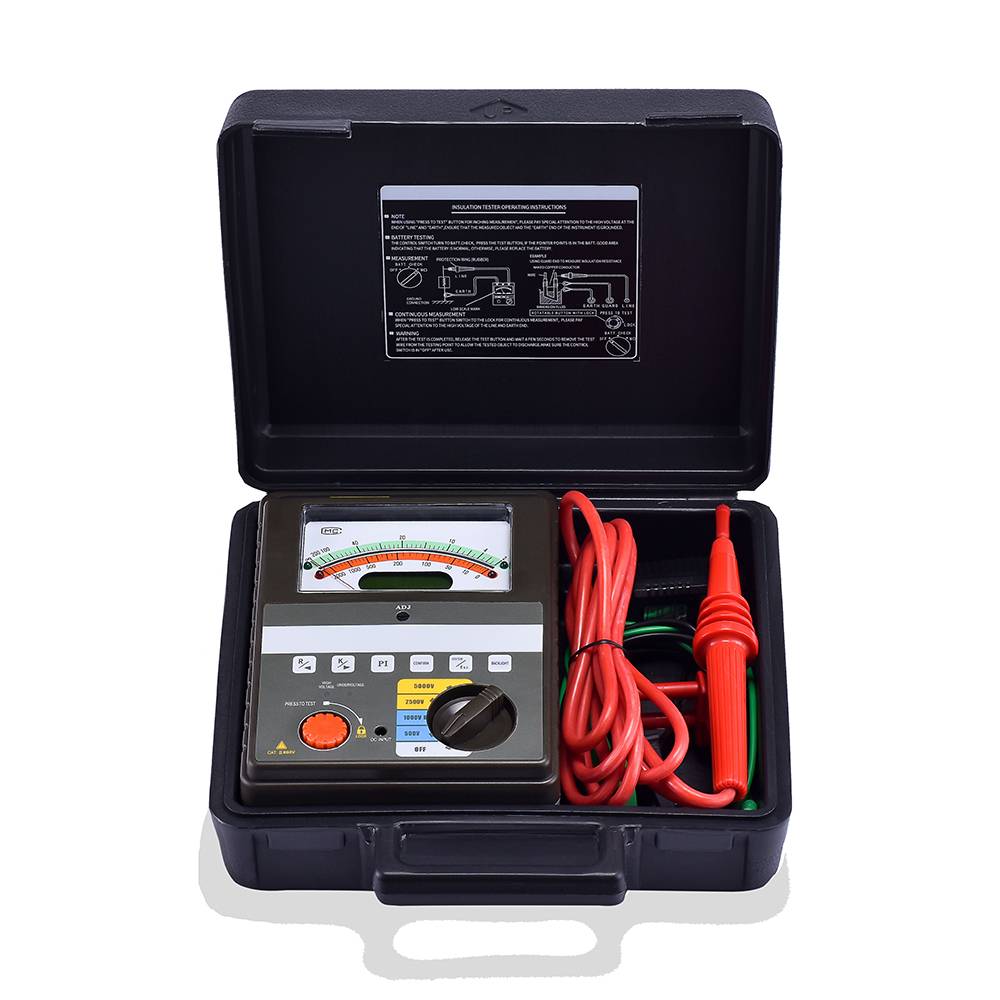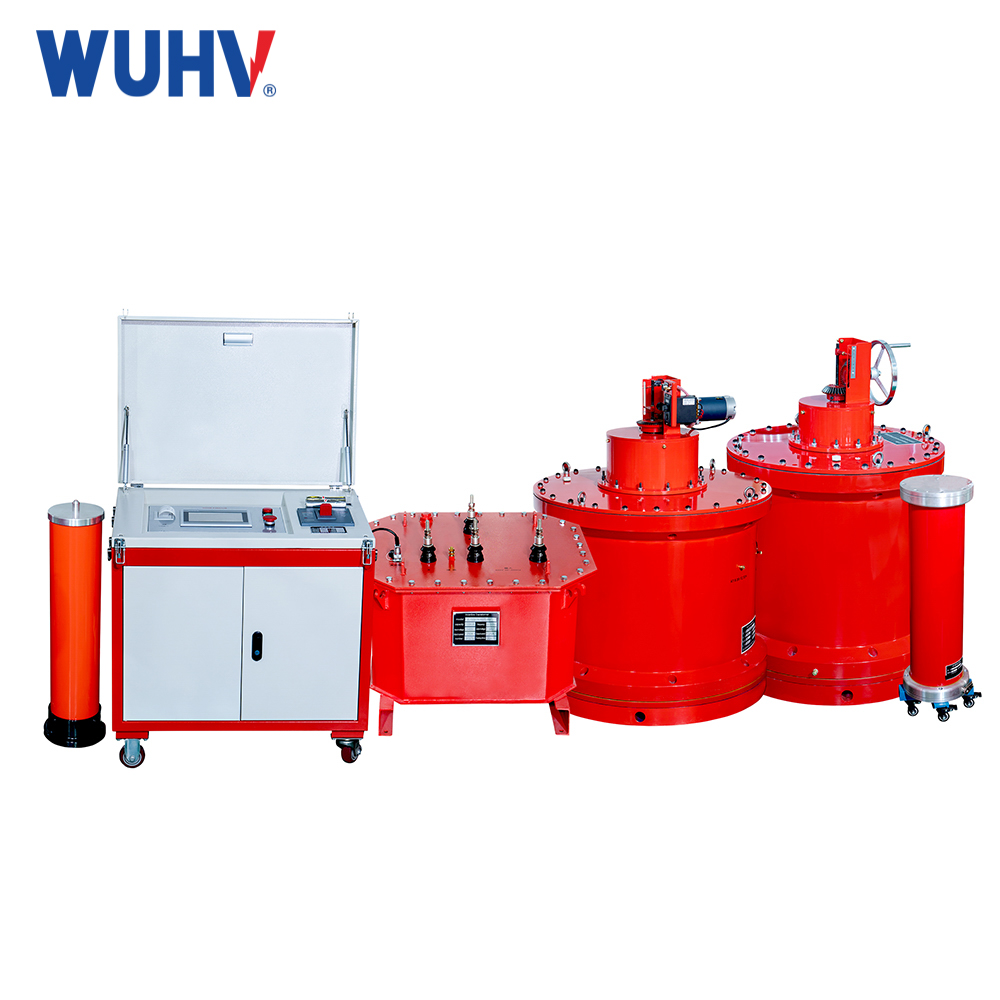The insulation resistance tester초고압 전력을 사용하면 많은 전력 작업자가 다양한 전력 테스트를 더욱 편리하게 수행할 수 있습니다.
The insulation resistance tester uses the tested voltage to excite the device or network, and measures resistance using Ohm's law. A large change in insulation resistance indicates potential faults. Therefore, when conducting tests, we need to regularly calibrate the megohmmeter to ensure that the instrument itself has not changed over time.
The insulation resistance tester can be used to measure the resistance of various insulation materials, transformers, motors, cables, electrical equipment, etc. Next, let's take a look at some common problems with it.
1. What does the output short-circuit current represent
Transformers with long cables, motors, and multiple windings belong to capacitive loads. When measuring the resistance of such objects, the output short-circuit current can reflect the internal resistance of the output high-voltage source in the megohmmeter.
2. Why use the "G" end of the instrument to measure higher resistance
The "G" terminal (shielded terminal) of the instrument is used to eliminate the influence of humidity and dirt in the testing environment on the measurement results. When measuring high resistance values, if the results are unstable, it is possible to consider using G terminals to eliminate errors.
3. Why measure absorption ratio and polarization index besides resistance value
In insulation testing, the insulation resistance value at a certain moment cannot fully reflect the quality of the insulation performance of the tested product. On the one hand, due to insulation materials with the same performance, the insulation resistance is lower when the volume is large and higher when the volume is small. On the other hand, there are charge absorption ratio (DAR) and polarization (PI) processes in high-voltage insulation materials.
4. Why can higher DC high voltage be generated
According to the principle of DC conversion, the insulation resistance tester powered by several batteries is processed by a boost circuit to increase the lower power supply voltage to a higher output DC voltage, resulting in high voltage but low output power.




















